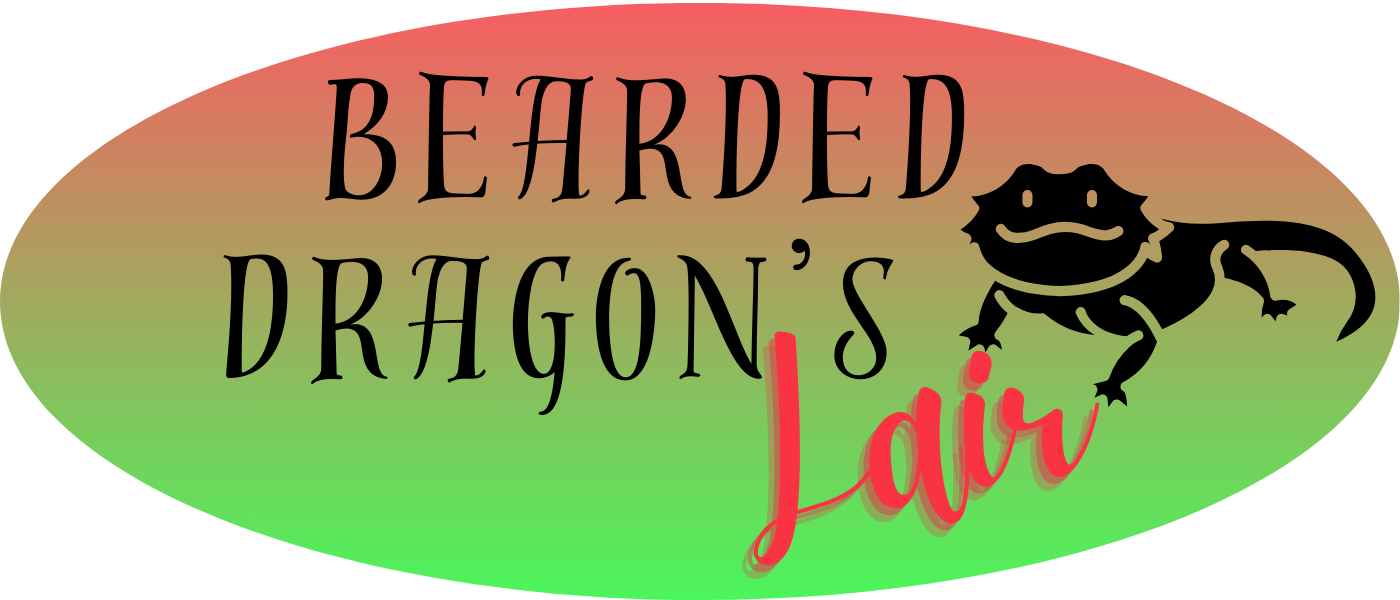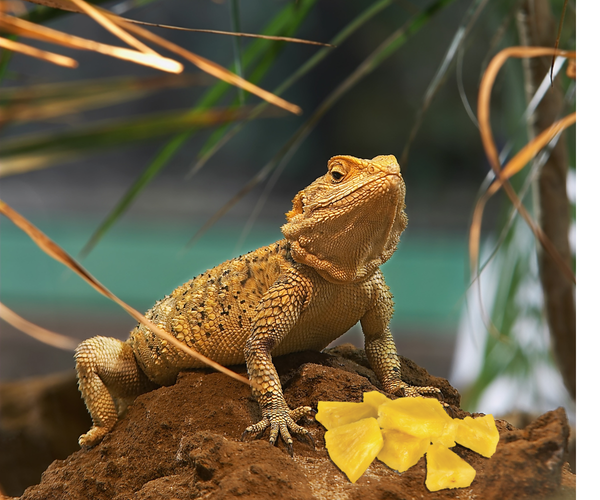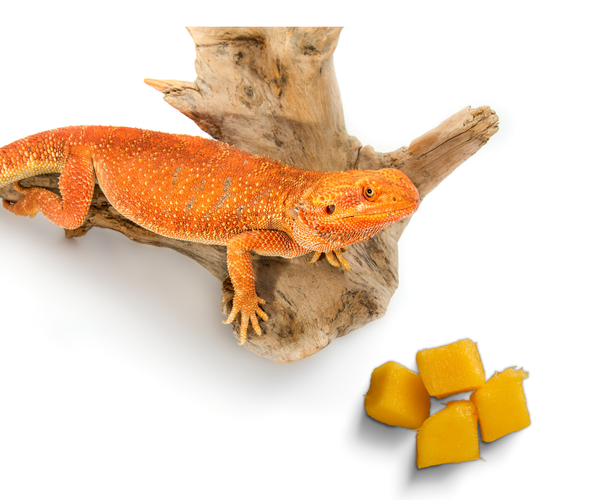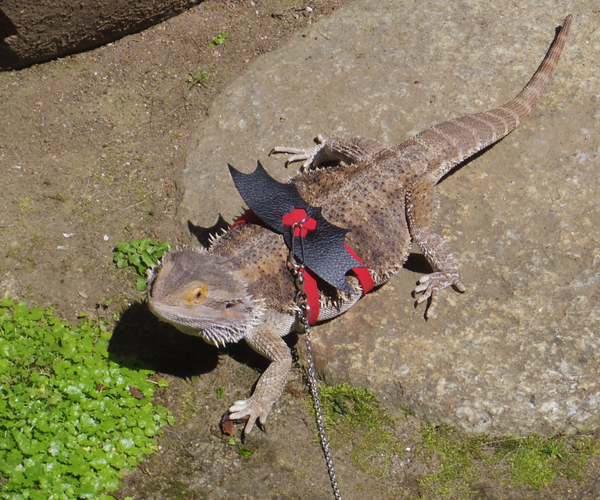How Many Crickets to Feed a Baby Bearded Dragon
It's important to provide a diet that's high in protein to support the rapid growth that occurs during the first few months of a bearded dragon's life.
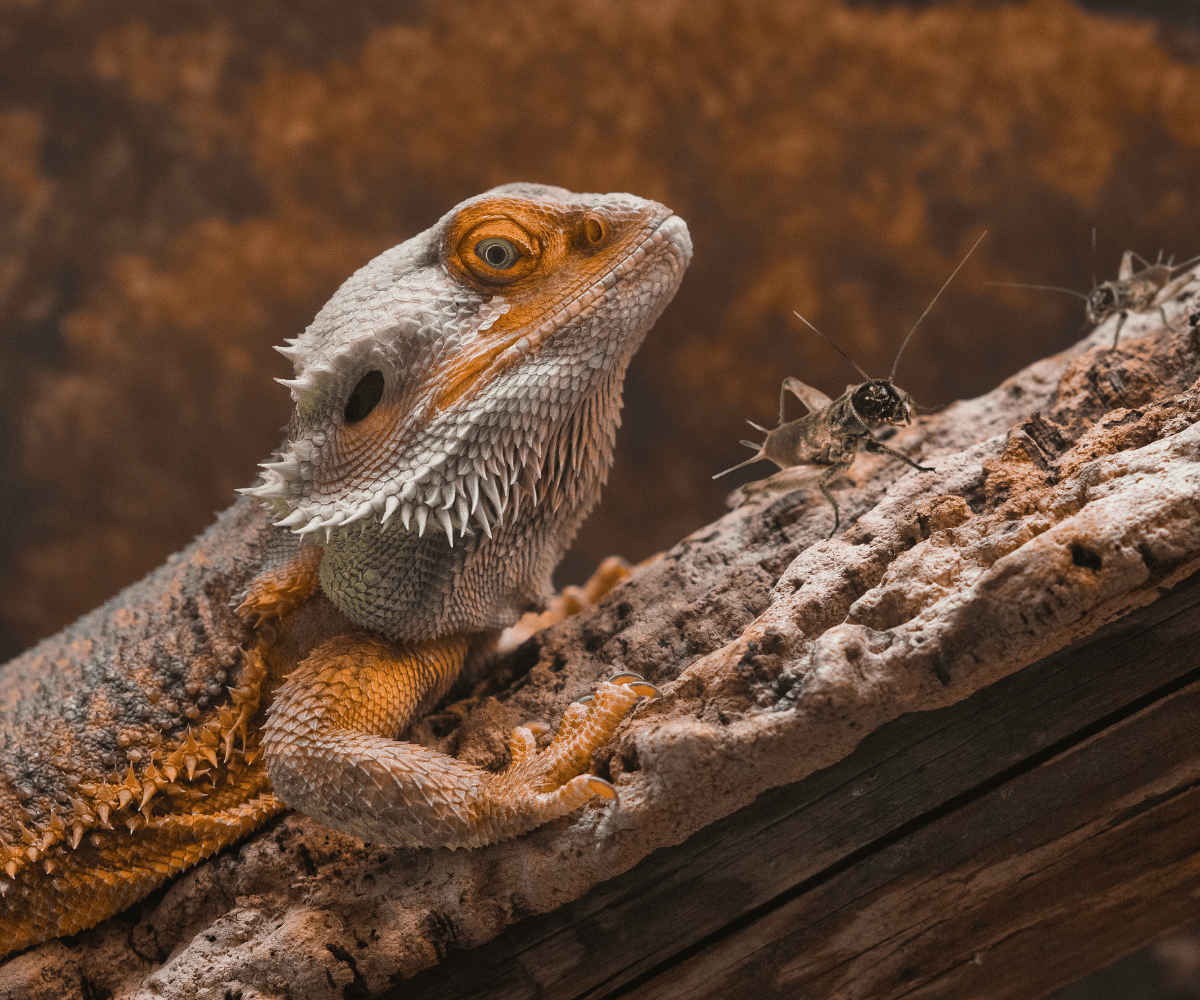
Key Takeaways:
- Understanding the dietary needs of a baby bearded dragon is crucial for their growth and health.
- Baby bearded dragons require a specific number of crickets, which varies depending on their age and size.
- Proper feeding techniques and schedules are essential to prevent overfeeding and ensure optimal nutrition.
Feeding a baby bearded dragon can seem like a daunting task for new reptile owners. These little creatures have specific dietary needs that are vital for their growth and overall health. In this comprehensive guide, we'll explore how many crickets you should feed your baby bearded dragon to keep them happy and thriving.
Understanding Baby Bearded Dragon Nutrition
Baby bearded dragons are primarily insectivores, which means their diet consists mostly of insects. Crickets are a popular choice because they are nutritious, easy to find, and generally well-accepted by these reptiles. It's important to provide a diet that's high in protein to support the rapid growth that occurs during the first few months of a bearded dragon's life.
The Role of Crickets in a Bearded Dragon's Diet
Crickets are not just a source of entertainment for your bearded dragon; they are packed with essential nutrients. They provide protein, essential fats, and other nutrients that are crucial for the development of your pet. However, it's not just about quantity; the quality of the crickets also matters. Always source your crickets from reputable suppliers to ensure they are healthy and free from disease.
How Many Crickets to Start With
For baby bearded dragons, the general rule is to offer as many crickets as they can consume in a 10-15 minute period, twice a day. This usually amounts to about 20-30 small crickets per feeding. It's important to monitor your dragon's appetite and adjust the number of crickets accordingly.
Size Matters: Choosing the Right Cricket Size
The size of the crickets you feed your baby bearded dragon is just as important as the quantity. A good guideline is to choose crickets that are no larger than the space between your bearded dragon's eyes. Feeding crickets that are too large can cause impaction and other digestive issues.
Frequency of Feeding: Setting a Schedule
Consistency is key when it comes to feeding your baby bearded dragon. A regular feeding schedule not only helps regulate their digestion but also establishes a routine that can reduce stress. Aim to feed your baby dragon twice a day, once in the morning and once in the afternoon, to mimic their natural feeding patterns.
The Dangers of Overfeeding
While it's important to ensure your baby bearded dragon is getting enough to eat, overfeeding can lead to obesity and other health issues. Pay close attention to your dragon's behavior and physical condition. If they start to ignore crickets or show signs of weight gain, it may be time to reduce the number of crickets you offer.
Supplementing Your Dragon's Diet
Crickets should be gut-loaded, which means feeding them nutritious foods before offering them to your bearded dragon. This process ensures that your pet is getting a well-rounded diet. Additionally, dusting crickets with a calcium supplement is essential for preventing metabolic bone disease.
Recognizing Hunger Signs in Your Bearded Dragon
Baby bearded dragons are usually eager eaters, but there are signs you can look for to determine if they're still hungry. If your dragon is actively hunting and consuming crickets quickly, they may need more. Conversely, if they lose interest or leave crickets uneaten, they may be full.
When to Adjust Cricket Quantities
As your bearded dragon grows, their dietary needs will change. You'll need to adjust the number of crickets you feed them accordingly. This usually means gradually increasing the number of crickets as they grow larger, then decreasing the frequency of feedings as they transition into adulthood.
Monitoring Your Bearded Dragon's Health
Regularly monitoring your bearded dragon's health is crucial. This includes keeping an eye on their weight, appetite, and behavior. If you notice any changes or if your dragon isn't growing as expected, consult with a veterinarian who specializes in reptiles.
Summary
Feeding your baby bearded dragon the right amount of crickets is essential for their growth and health. Start with 20-30 small crickets per feeding, twice a day, and adjust as needed based on their appetite and growth. Remember to choose the right size crickets, maintain a consistent feeding schedule, and supplement with calcium. Monitoring your dragon's health and behavior will help you ensure they are getting the nutrition they need.
FAQ Section
Q: How often should I feed my baby bearded dragon crickets? A: Baby bearded dragons should be fed crickets twice a day, with each feeding session lasting about 10-15 minutes.
Q: Can I feed my baby bearded dragon crickets that are larger than the space between their eyes? A: No, it's important to feed crickets that are no larger than the space between your bearded dragon's eyes to prevent impaction and other digestive issues.
Q: How do I know if I'm feeding my baby bearded dragon the right amount of crickets? A: Monitor your dragon's appetite and growth. If they are actively hunting and consuming crickets quickly, they may need more. If they lose interest or leave crickets uneaten, they may be full. Adjust the number of crickets accordingly and consult with a veterinarian if you're unsure.
